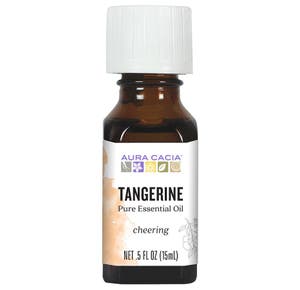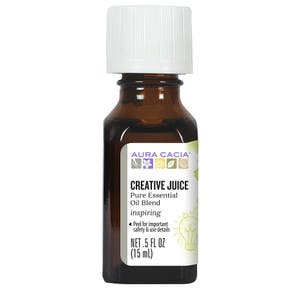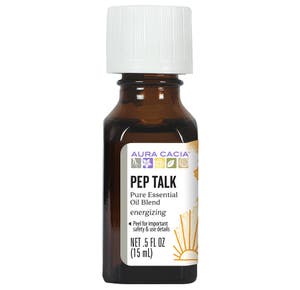Just like essential oils vary in aroma and application, they also vary in price, which can be confusing. Why is sweet orange essential oil only around $4.00 a bottle, but sandalwood is close to $100 for the same amount? Why is lavender essential oil less than $13 but rose absolute is almost $60 for a smaller sized bottle when they’re both flowers? Does higher price mean a higher quality essential oil? In general, some essential oils are more expensive because they are harder to produce, come from rare plants, or produce a lower yield. Let's take a closer look at some of the factors influencing essential oil pricing.
Factors that Influence the Cost of Essential Oils:
Growth and Lifecycle of the Plant
Plants that are easy to grow and/or grow in abundance, like peppermint, are less cost- and labor- intensive and therefore will be less expensive to the consumer (anyone who’s grown peppermint or spearmint in their garden can attest to how quickly it takes over!). Essential oils obtained from certain plants, especially trees like sandalwood, that need to reach a certain age of maturity before they can be harvested will be significantly more expensive.
Essential Oil Yield of the Plant
Some plants are abundant essential oil producers, meaning that it often takes both less plant material and less effort to obtain a large amount of essential oil from the plant. Other plants, like rose, while wonderfully aromatic, don’t possess a high essential oil yield, meaning it takes a large amount of plant material to produce a very small amount of the essential oil. To put it in perspective, it takes about 250 pounds of lavender flowers to produce 1 pound of the essential oil, but a whopping 10,000 pounds of rose petals to produce that same 1 pound yield!
Rarity of the Plant
Plants in the mint family (peppermints, spearmints, sages, rosemary) are not only abundant, they can be easily grown in many places around the world. The ability to grow large amounts of these plants in numerous locations contributes to the relatively low price of their essential oils. Several plants, such as frankincense and myrrh, are very difficult to grow outside of their native environment; the limited growing ability for these plants makes them more rare and therefore intensive.
Harvesting Capacity
Essential oils can come from different parts of a plant, including flowers, leaves, fruits, barks, and roots. The type of plant (herb vs. tree) and part of the plant the essential oil comes from determines how labor-intensive it is to harvest and process that plant for essential oil production. Mint fields can be bulk harvested with machines (similar to lawnmowers), allowing for a much greater plant yield in a shorter amount of time. Jasmine flowers, however, are extremely delicate and have to be carefully hand-picked at night to preserve their scent.
Quality is Worth Every Penny
Aura Cacia Essential Oils, both high priced and lower priced, are all 100% pure, sustainably sourced, and rigorously tested for quality and purity. The price of the essential oil reflects the complex nature of the plant it came from- where that plant is able to grow, how easy or challenging it is to grow and harvest, and how much essential oil can be produced from the plant.
Luckily some of the most expensive Aura Cacia Essential Oils have a more affordable option so you can experience all of the amazing, exotic aromas and beneficial effects without breaking the bank. These oils, including Aura Cacia Rose Otto in Jojoba, Aura Cacia Jasmine Absolute in Jojoba, and Aura Cacia Indian Sandalwood in Jojoba, come pre-diluted in jojoba oil and are safe to put on the skin right out of the bottle.

















